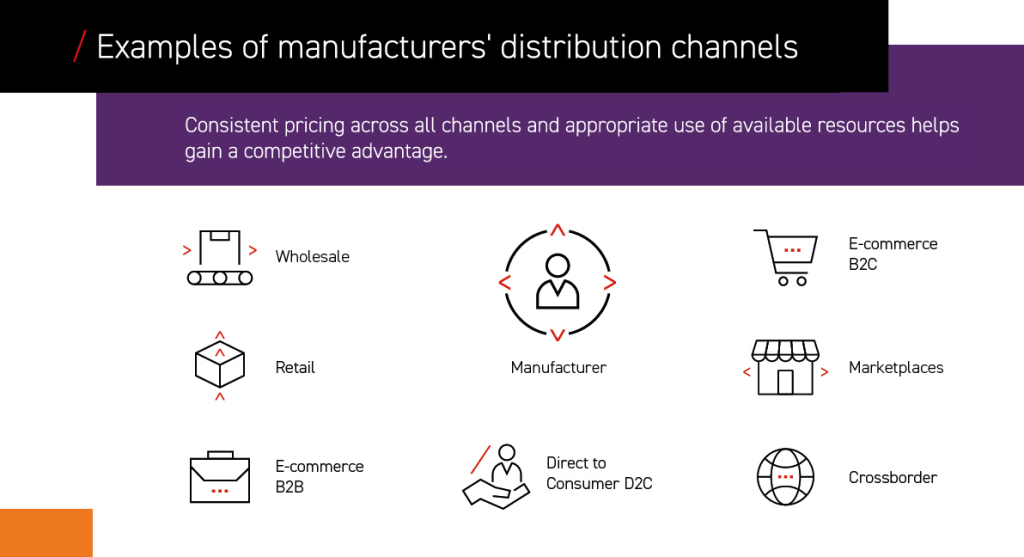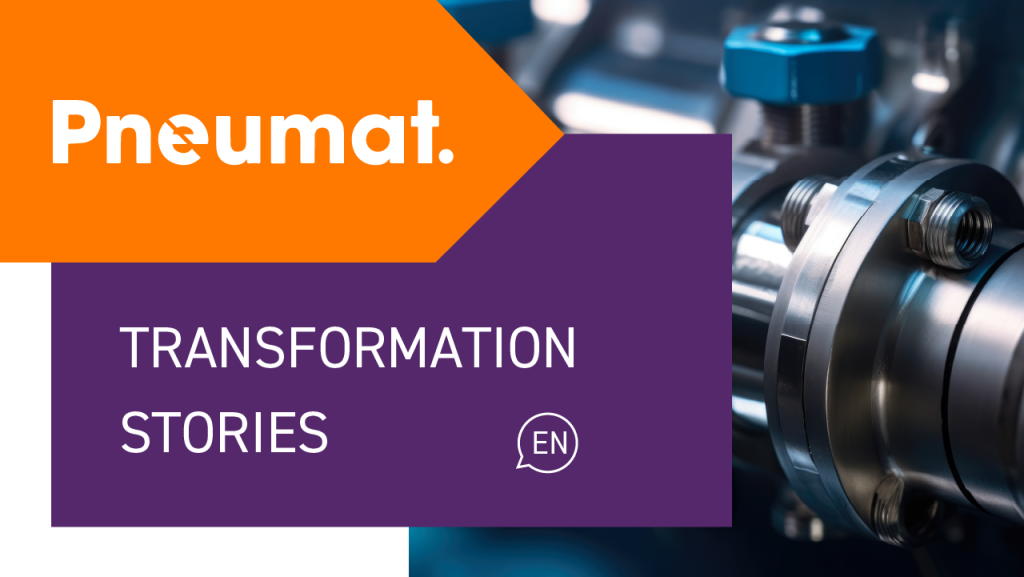Omnichannel Pricing 360°/ Comprehensive Pricing Management for Maximizing Profits
In times of dynamic market changes and increasingly demanding consumers, pricing has become one of the most important strategic tools in business. Proper pricing management allows companies not only to respond to changing conditions, but also to maximize profits and build competitive advantages. A comprehensive approach to pricing – supported by modern technologies, artificial intelligence and data analysis – helps companies adapt to omnichannel realities and operate effectively across sales channels.
The jump in apartment rental prices during popular popculture events perfectly demonstrates how important pricing is. Concerts of international stars such as Taylor Swift, Beyoncé in Warsaw, or Ed Sheeran in Krakow, attract crowds of fans and tourists. A similar phenomenon is observed during major events – for example, the Opener Festival in Tri-City. In such situations, apartment rental prices can skyrocket, sometimes doubling compared to standard rates.
The rapid price changes resulting from the intense increase in demand for accommodation near the venue are the result of algorithms that adjust prices to the current market situation. That’s dynamic pricing in action! Technology makes it possible to manage prices in real time and take advantage of periods of increased demand to maximize revenue. State-of-the-art analytical tools apply, which can process huge amounts of data in a fraction of a second to predict what the optimal price will be at any given time.
In the face of rising costs, maximize profits
Pricing, or the strategy of setting prices for products and services, plays an increasingly important role in the operations of companies, especially in times of crisis or economic stagnation. Optimizing pricing allows companies to gain additional margins and increase operational efficiency, which is particularly important in the current market context.
Dr. Maciej Kraus, a pricing expert and lecturer at Stanford Business School, explains, “Pricing is one of the most important strategic tools that every company, regardless of industry, should have mastered to perfection. It’s not just a matter of setting the price of a product, but the key to understanding the value we offer customers. An excellent example would be technology companies (Netflix, Google), which flexibly change their price lists as new product features are developed. On the other hand, we have the retail sector, where proper pricing management depending on the season, or local preferences, can determine sales success or failure. Any company that neglects this area leaves potential profits, and often its competitiveness, on the table.”
Faced with rising costs and greater competition in the marketplace, companies are looking for new ways to manage prices to better adapt to rapidly changing conditions. For many of these entities, which once relied solely on B2B distribution, launching direct-to-consumer (D2C direct-to-consumer) sales channels or selling through popular marketplaces such as Amazon or Allegro is becoming the new reality. Integrating different sales channels into a coherent structure – known as omnichannel – opens up many opportunities for these entities, but also poses new challenges. One of them is price management.

Pricing in an omnichannel model requires a comprehensive approach and advanced analytical tools to take a holistic view of pricing and optimize profits.
A strategic approach to pricing
In response to the growing challenges of managing pricing across different sales channels, the concept of Omnichannel 360° Pricing was developed. With this model, companies can better adapt pricing policies to dynamically changing market conditions, and maximize profits in each sales channel.
The first pillar in this model is a strategic approach, i.e. developing an omnichannel pricing policy that is consistent with the company’s strategy and business goals. Whether a company operates in manufacturing, food, logistics, or other sectors, each pricing decision should support the company’s overall strategy and be tailored to the specifics of each sales channel.
The second key element of the model is consistency across sales channels. Pricing management in an omnichannel model requires precise monitoring and harmonization of prices across channels to ensure a consistent shopping experience. The ability to differentiate pricing across omnichannel, also allows businesses to realize margins.
Another important aspect of the Pricing Omnichannel 360° model is the use of modern technologies, including advanced analytical and predictive models that incorporate artificial intelligence (AI), including machine learning (ML) algorithms. These tools allow automation of many pricing-related processes, such as market analysis, customer segmentation, demand forecasting, as well as competitive monitoring. This allows companies to respond quickly to changes in the market and dynamically adjust prices, which usually translates strongly into revenue.
Omnichannel Pricing 360° in practice
Let’s take a look at how such a 360° pricing model works in practice. Companies that have decided to implement this approach use a range of tools to optimally manage pricing across different sales channels. The pricing strategy is always implemented taking into account the specifics of a given market and target group.
Extremely important here is the use of so-called pricing engines, which allow dynamic adjustment of prices in real-time based on analysis of market data, customer preferences, and competitors’ actions. The combination of different systems operating under such a model, such as product information management (PIM), ERP, and CRM systems, requires the use of an integration tool (such as Unilinker). Fast and flexible price adjustments at physical points of sale – necessary to maintain a consistent pricing policy in an omnichannel model – are enabled by phygital solutions (a concept based on the combination of the physical “physical” and digital “digital” worlds), such as electronic price tags and digital shelves integrated with pricing engines.
Practical applications of AI in pricing
One of the more fascinating elements of the overall model is the use of advanced analytics and predictive models, for example, to better forecast demand and plan production.

AI plays a key role in demand forecasting, which allows companies to better manage inventory and avoid overproduction and stock shortages. By analyzing historical and market data, algorithms predict product demand and optimize resource planning.
Customer segmentation is another important application of AI. Algorithms analyze purchasing behavior and price elasticity, allowing companies to fine-tune pricing policies for different target groups. By dynamically adjusting prices and discounts, companies can maximize their revenues.
What is more, AI also supports price sensitivity analysis to predict how customers will react to price changes. By personalizing prices, AI minimizes customer churn, keeping customers loyal and satisfied.
By detecting anomalies (e.g., identifying potential collusive pricing by competitors), AI helps companies respond quickly to unfair practices while protecting profits and ensuring market transparency.
Real-time price optimization is another benefit of AI. The solution monitors changes in demand, inventory, and the market, adjusting prices according to the current situation. During sales or promotions, AI raises the prices of popular products while lowering the prices of less desirable ones, maximizing margins.
Furthermore, AI also enables ongoing analysis of competitor prices, monitoring the market and allowing companies to adjust their offerings to maintain market advantage. In this way, companies can dynamically manage prices, responding to competitors’ actions and changing consumer behavior.
Analyzing the effectiveness of promotional campaigns is another application of AI. Algorithms evaluate which promotions yielded the best results, helping companies plan future campaigns with greater precision and without excessive price cuts.
Moreover, cross-sell and up-sell strategies are supported by AI. By analyzing customer preferences, AI suggests additional products that can complement previous purchases, consequently increasing the value of the shopping cart and improving the customer experience.
All these applications of AI help companies not only to increase revenue but also to better manage price risk and build a competitive advantage in the market.
The role of pricing in business
A strategic approach to pricing management can bring tangible benefits, both profit maximization for businesses and satisfaction for customers. As Dr. Maciej Kraus points out, “Examples of companies that have successfully implemented the Omnichannel 360° Pricing model show that a consistent pricing strategy across different sales channels not only increases revenue but also builds customer loyalty. Companies that take a strategic approach to pricing can increase their margins and better respond to dynamically changing market conditions, which in today’s world is key to staying competitive.”








